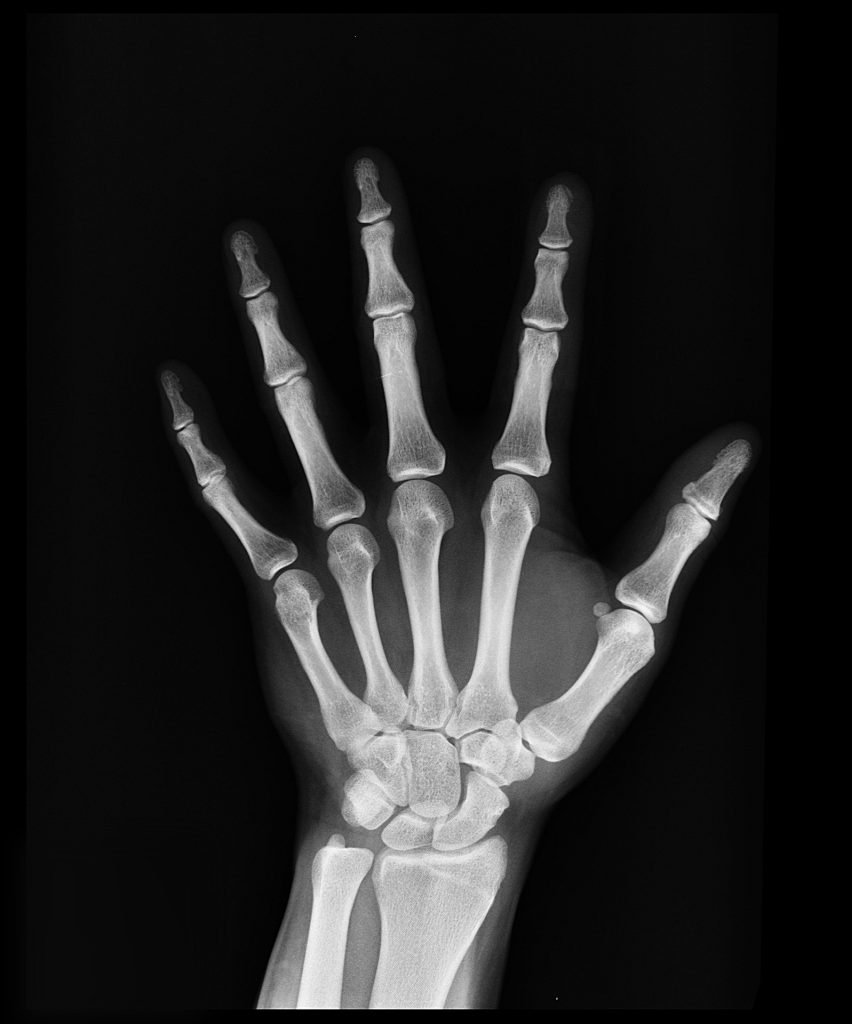Most Commonly Misdiagnosed Fractures
December 9, 2021
A fracture is not always easy to spot. Often, we’ll hurt ourselves and assume things will naturally heal. Some of the most commonly misdiagnosed fractures happen due to the fractures not being easy to spot in the first place. If you go to your GP in the first instance, they are responsible for examining you and prescribing treatment, or referring you to a specialist for additional tests and assessments. Once you see a specialist, they have a duty to carry out the correct tests in a thorough way, and to then interpret the results. From there, they then must treat you.
If any of these stages being performed by the medical professionals aren’t carried out or things are not thoroughly checked, you could end up with a misdiagnosed fracture.
Some most commonly misdiagnosed fractures can also impact your day-to-day life. Perhaps you have a missed scaphoid or elbow fracture and you’re struggling to use your arm and hand. Or maybe you’re trying to walk on an undiagnosed ankle fracture. These injuries can severely impact you, and extend your recovery period.
Causes of Misdiagnosed Fractures
There are many ways a GP or hospital could have missed a fracture. Some common examples include:
- Doctors failing to recognise your injury as a fracture
- Misinterpretation of x-ray results
- An x-ray being carried out incorrectly, for example, taking the x-ray from the wrong angle can make it difficult to notice a fracture
- A fracture diagnosed as a strain or sprain instead
Most Commonly Misdiagnosed Fractures
Research published by the British Medical Journal in the early 2000s listed the following locations as where fractures were most commonly missed on X-ray (radiograph):
- Hand – 23%
- Wrist – 17%
- Ankle – 17%
- Foot – 10%
- Elbow – 8%
- Hip – 5%
- Knee – 4%
- Shoulder – 4%
- Other – 12%
The same study showed that 80% of diagnostic errors in the participating Accident & Emergency department were due to missed fractures. The primary reasons for the oversight were fractures missed on x-rays and failure to x-ray. On an x-ray, the line can be so faint that it might not show up on a standard machine, or you may have fractured an area of the body that’s difficult to read.
For instance, a hairline fracture is often quite difficult to spot on an x-ray. And if a hairline fracture has occurred on a bone that doesn’t easily show up on an x-ray, it’s possible for the radiologist to not see where the damage is.
Therefore, the scaphoid in the wrist is one of the most commonly misdiagnosed fractures. This is because it’s a bone that often doesn’t show up on a scan. So, if you have experienced a missed scaphoid fracture, it could be down to the x-ray not picking it up.
Complications of Misdiagnosed Fractures
If a bone fracture goes undiagnosed and untreated, it can lead to several complications, some of which are potentially life-threatening.
Complications that can arise from misdiagnosed fractures include:
- Bleeding or swelling
- Deep Vein Thrombosis (DVT)
- Blood Clots
- Insufficient blood supply to the bone caused by blood vessels being damaged by fracture.
- Infection of the bone
- Gangrene
- Amputation
- Permanent disability
- Arthritis
- More complex surgery
How We Can Help
Here at the Medical Negligence Experts, we work with solicitors who have years of experience dealing with medical negligence claims. This includes misdiagnosed fractures. So contact us today by filling in our contact form. Or call us on 01614138761 to speak to one of our friendly experts.

